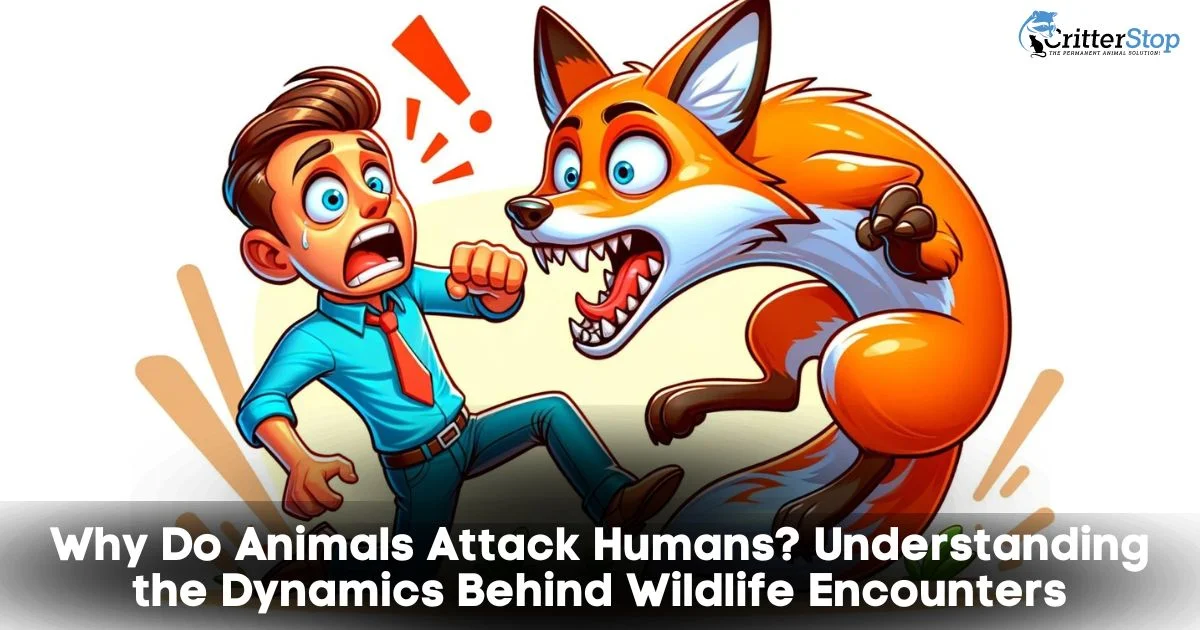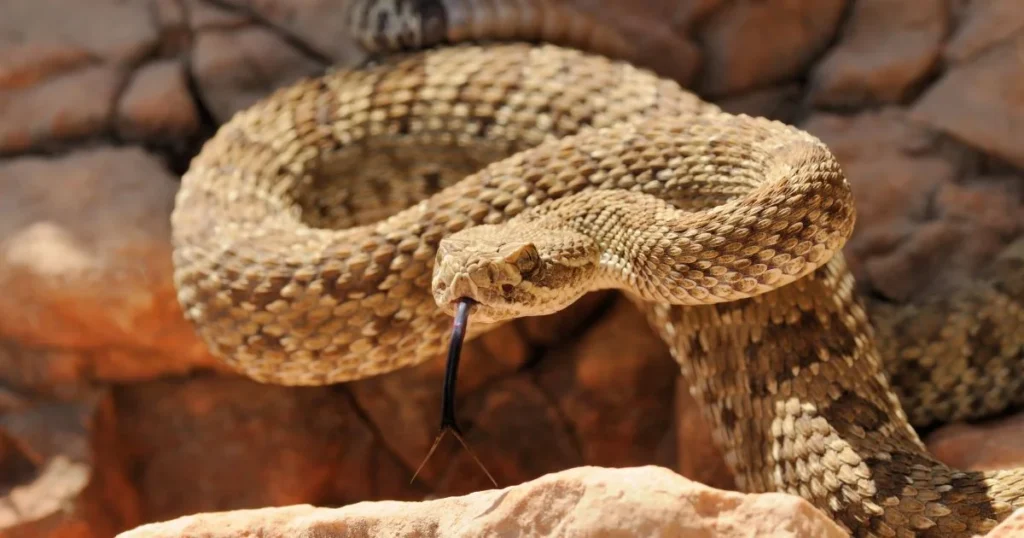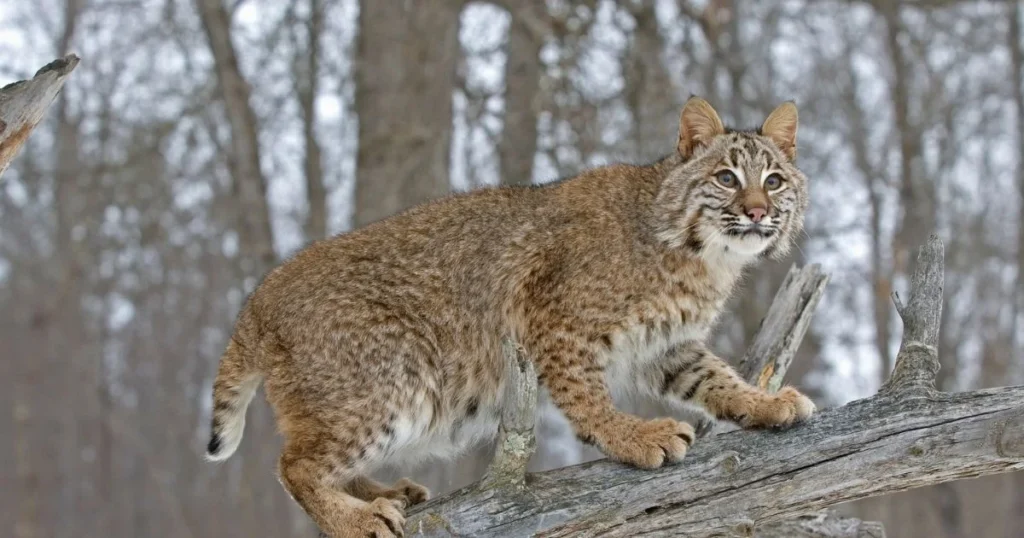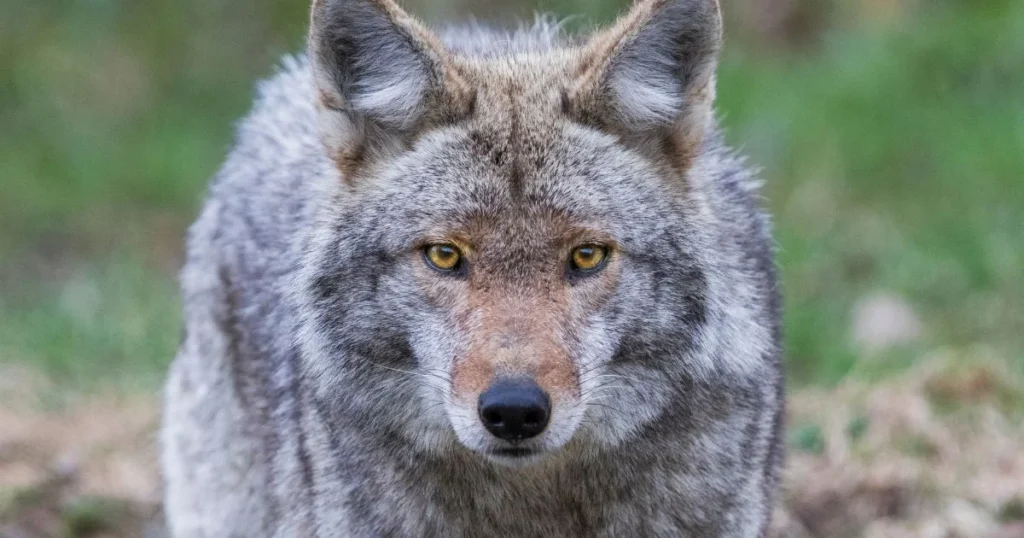
In recent times, interactions between humans and wild animals have increasingly led to unfortunate incidents of attacks. Understanding why these attacks occur is not just crucial for safety but also vital for conservation efforts. In this comprehensive exploration, we delve into the multifaceted reasons behind such aggressive behaviors and discuss preventative measures to minimize these dangerous encounters.
One of the primary reasons for the rise in wild animal attacks on humans is the expansion of human settlements into natural habitats. As cities and towns spread, forests, grasslands, and other natural areas are diminished, forcing wildlife into closer proximity with humans. This encroachment disrupts the natural territories and food sources of animals, leading to increased conflicts as they venture into human-dominated areas in search of sustenance.

Animals adapt to their changing environments, and this often includes altering their behavior in response to human activities. Feeding wildlife, either intentionally or unintentionally (through accessible trash cans or pet food), teaches animals that humans are a source of easy food. This habituation can lead to bold and aggressive behavior, as animals lose their natural wariness of humans and start approaching them more frequently, sometimes with dangerous consequences.
Certain wild animals are natural predators and may view humans as potential prey, especially in situations where their regular prey is scarce. Species like mountain lions, bears, and sharks have been known to attack humans under specific conditions. These attacks are often a result of the animal's instinctual hunting behaviors being triggered by human presence in their territory.

Many animal attacks on humans are not predatory but defensive in nature. Animals, particularly mothers with young, can become extremely aggressive if they perceive a threat to their offspring. Similarly, many species have strong territorial instincts and may attack to defend their domain from what they perceive as an intruder - in this case, a human, wild animal's are afraid of poeple and may bite to protect themselves, their young, or space.
Certain human actions significantly increase the risk of wild animal attacks. Activities such as hiking or camping in wildlife-rich areas without proper precautions, attempting to interact with or photograph wildlife at close range, or engaging in activities that might startle or threaten animals (like running or cycling rapidly through their habitats) can lead to dangerous encounters.
To minimize the risk of attacks, it is essential to adopt responsible behavior and safety protocols when in areas known for wildlife presence. This includes:
Conservation and wildlife management play a pivotal role in reducing the likelihood of attacks. By preserving natural habitats and maintaining healthy wildlife populations, the pressure on animals to encroach on human areas is lessened, reducing at the same time the possibility of wild animal attack on humans. Additionally, public education campaigns can help build a more harmonious relationship between humans and wildlife, emphasizing coexistence rather than conflict.
Promoting awareness through educational initiatives is essential in mitigating the risks of wild animal attacks. Programs designed to teach both locals and tourists about the behaviors of regional wildlife, the importance of not feeding animals, and the steps to take if an encounter occurs can dramatically reduce the likelihood of conflicts. These initiatives often include workshops, informational signage in parks and recreational areas, and public service announcements.
Advancements in technology have significantly contributed to reducing human-wildlife conflicts. GPS tracking, motion-activated cameras, and even mobile apps can help monitor wildlife movements and alert authorities and individuals to the presence of potentially dangerous animals in an area. This real-time data allows for quicker responses to potential threats and helps in planning safer routes for recreational activities.

Local communities play a crucial role in wildlife conservation and the prevention of animal attacks. Collaborative efforts between these communities, conservationists, and government bodies can lead to the development of strategies that balance human needs with wildlife preservation. Community-led patrols, local wildlife officers, and shared resources can create an environment where humans and animals can coexist more peacefully.
Seasonal and environmental factors can influence the likelihood of wildlife attacks. For instance, during droughts, animals may move closer to human settlements in search of water. Similarly, during mating or birthing seasons, animals are more defensive and likely to engage in aggressive behavior. Understanding these patterns and adjusting human activities accordingly can help prevent unwanted encounters.

The nature and frequency of wild animal attack humans vary globally due to differences in wildlife species, human population densities, and cultural practices. Learning from global experiences and adapting successful strategies can provide valuable insights into reducing the risk of attacks. For instance, techniques used in Africa to deter lions may be adapted to deal with cougars in North America, emphasizing the importance of a global exchange of knowledge and practices.
As human populations continue to grow and the impact on natural environments intensifies, the challenges of managing human-wildlife interactions will only increase. However, with continued research, adaptive management strategies, and a commitment to conservation, it is possible to forge a future where the frequency and severity of wildlife attacks on humans are significantly reduced.
By prioritizing education, technology, collaboration, and adaptive management, we can ensure a safer coexistence between humans and wildlife, protecting both our communities and the natural world that surrounds us.
Understanding why wild animals attack humans is a complex issue that requires a multidimensional approach. By respecting wildlife, minimizing habitat disruption, and adopting safe practices, we can significantly reduce the incidence of these dangerous encounters. It's a shared responsibility to ensure that our growing coexistence with wildlife is sustainable and safe for all. If you want to discover more about our wildlife, at Critter Stop we have tons of articles giving info to our neighbors about the wildlife around. Take a look and let us your doubts!
Visit our Critter Library and learn more about our furry friends